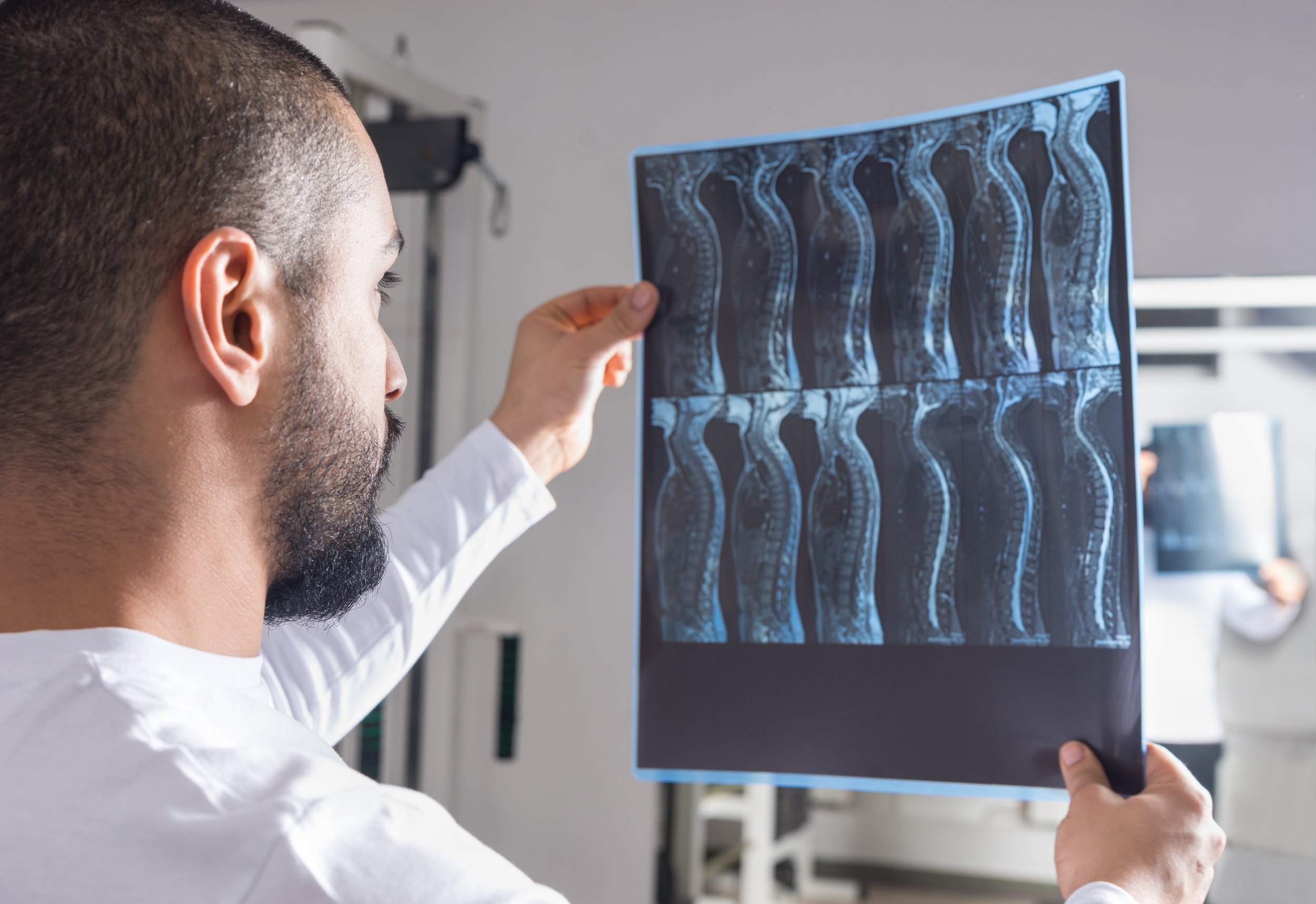Advancements in Amyloid-Beta Research for Neurodegenerative Conditions

The aggregation of Amyloid-beta (A-beta) proteins is a phenomenon intricately linked to neurodegenerative diseases, notably Alzheimer's disease. Despite extensive research and considerable attention, the precise mechanisms by which A-beta aggregates form and dissipate remain elusive. Understanding these processes is crucial, as it could provide significant insights into the development and potential treatment of Alzheimer's and similar conditions.
"The way A-beta behaves in a variety of environments, including the human brain, is elusive," said Brian Sun, an electrical systems and engineering alumnus of Washington University in St. Louis who is now an MD/Ph.D. student at the School of Medicine. "There's an understanding of growth and decay that isn't fully fleshed out."
Recent research published in Nano Letters by Sun and his colleagues at Washington University aims to fill these gaps. Working in Matthew Lew's lab in the Preston M. Green Department of Electrical & Systems Engineering at WashU's McKelvey School of Engineering, they have developed new methodologies to observe the dynamics of amyloid fibril beta-sheet assemblies. This breakthrough marks a departure from previous studies that only provided static images of these structures.
In their innovative approach, Sun and his team utilised high-resolution imaging techniques to monitor the changes in the beta-sheet assemblies over time. This dynamic observation is crucial for understanding the processes underpinning A-beta aggregation. "We wanted to look specifically at dynamics of the underlying structure of A-beta that could be responsible for the changes we're seeing, not just changes in the overall shape," said Sun, the paper's first author.
Lew illustrated their approach with an analogy, comparing it to looking at a Lego building where previous technology could only show the completed structure, but not the organisation of individual bricks. "The individual proteins are always changing in response to their environment," said Associate Professor Lew. "It is like having certain Lego bricks causing other bricks to change their shape. The changing architecture of the proteins and the assembled aggregates together leads to the complexity of neurodegenerative disease."
The Lew lab's new imaging technology, single-molecule orientation–localization microscopy (SMOLM), allows researchers to visualise the orientation and intricate details of nanostructures within biological systems. This technique employs flashes of light from chemical probes to reveal the peptide sheets underlying Aβ42, a specific form of A-beta peptide. SMOLM enables the examination of individual orientations of these beta-sheets and their relationship to the overall structure of amyloid proteins.
Aβ42 is known for its constant state of flux, and understanding its behaviour requires recognising patterns and models of its actions. With the capability to measure these changes, the researchers observed both expected and unexpected patterns in the amyloid-beta architecture. They found that stable Aβ42 structures tend to maintain stable beta-sheets, while growing structures have beta-sheets that become more rigid and defined. Conversely, decaying structures exhibit increasingly disordered beta-sheets. Notably, they discovered that Aβ42 can remodel itself in multiple ways.
"There are multiple different ways for Aβ42 structures to remain stable, or grow and decay," Sun said.
The study also revealed surprising modes of growth and decay in Aβ42. For instance, Aβ42 can grow and decay while preserving its underlying structure. There are scenarios where peptides accumulate without altering the beta-sheet orientations and cases where peptides leave but the beta-sheet structure stays intact. Additionally, beta-sheets can reorganise and change orientations without immediate changes in the overall shape, indicating potential for future large-scale restructuring.
"Because SMOLM can track Aβ42's underlying organisation and not just its shape, we can see different kinds of subtypes of remodelling that aren't visible to diffraction-limited, non-orientation imaging modalities," Sun said.
These findings mark the first attempt to dynamically observe these shifting nanoscale structures, a significant achievement considering the challenges posed by the COVID-19 pandemic and Sun's undergraduate coursework at WashU, completed in just three years. This research lays the groundwork for deeper exploration into amyloid architecture.
As he progresses through his MD/Ph.D. training, Sun aims to design nanoscale imaging systems and sensors to uncover hidden mechanisms of difficult-to-treat diseases. He acknowledges the support and rigorous training provided by McKelvey Engineering, the Lew lab, and the MSTP, which have been instrumental in his academic journey. "I'm really glad I went through this journey," he said.
This groundbreaking research not only enhances our understanding of A-beta aggregates but also opens new avenues for exploring the complex nature of neurodegenerative diseases.
Author
Isabella Sterling
Content Producer and Writer





